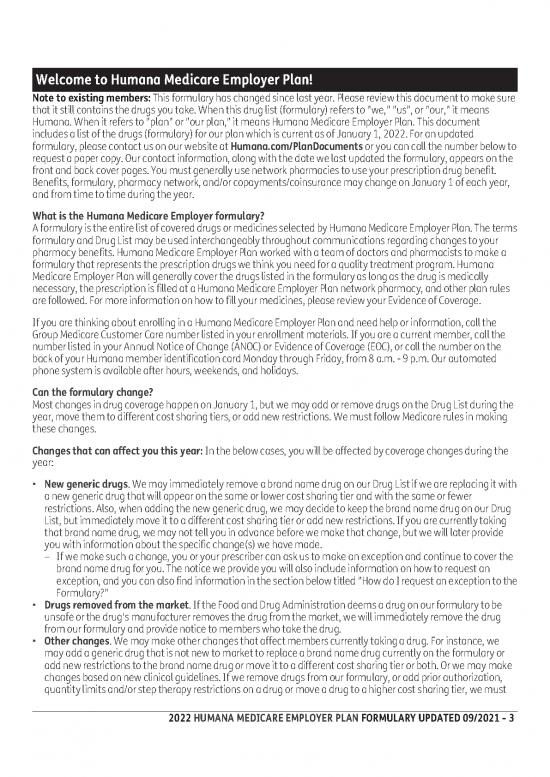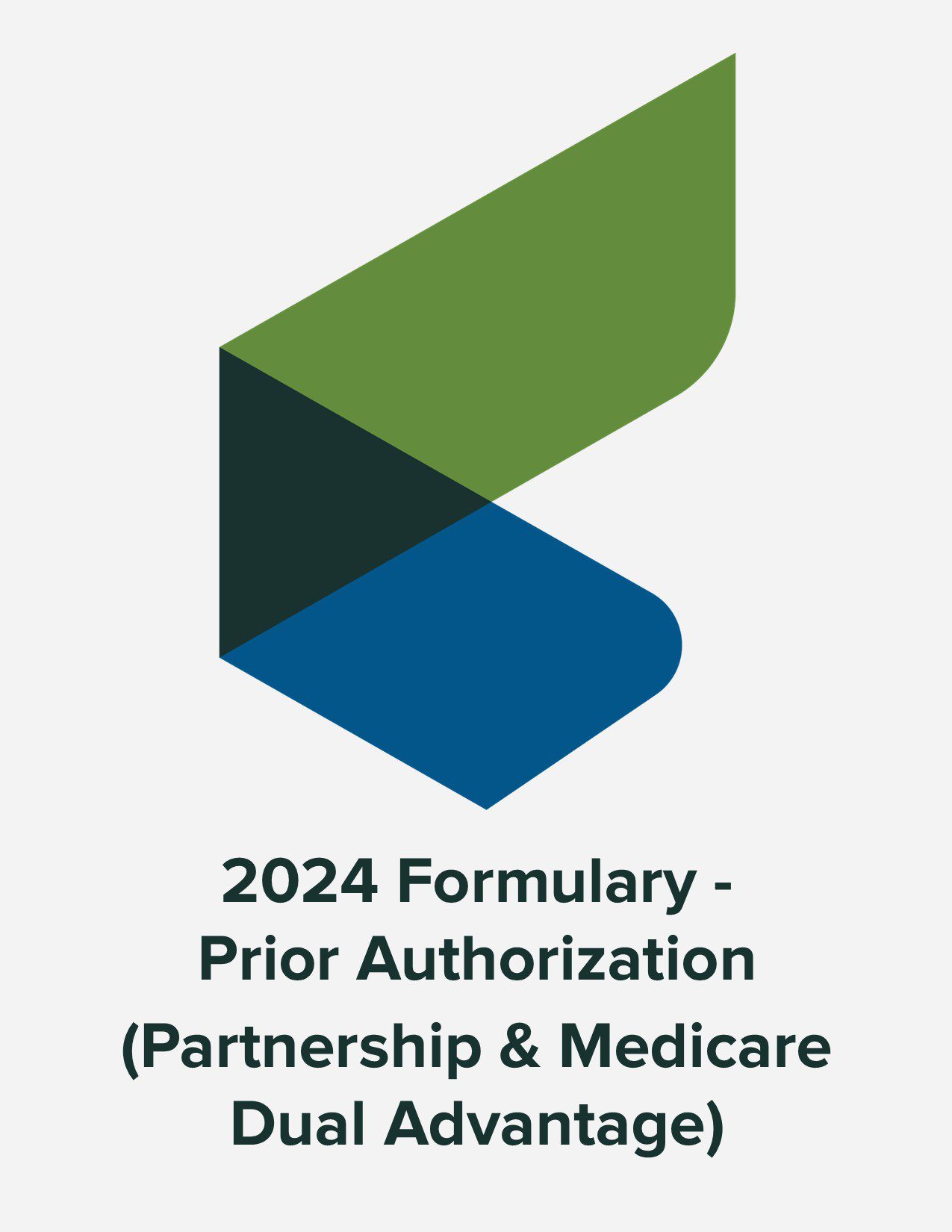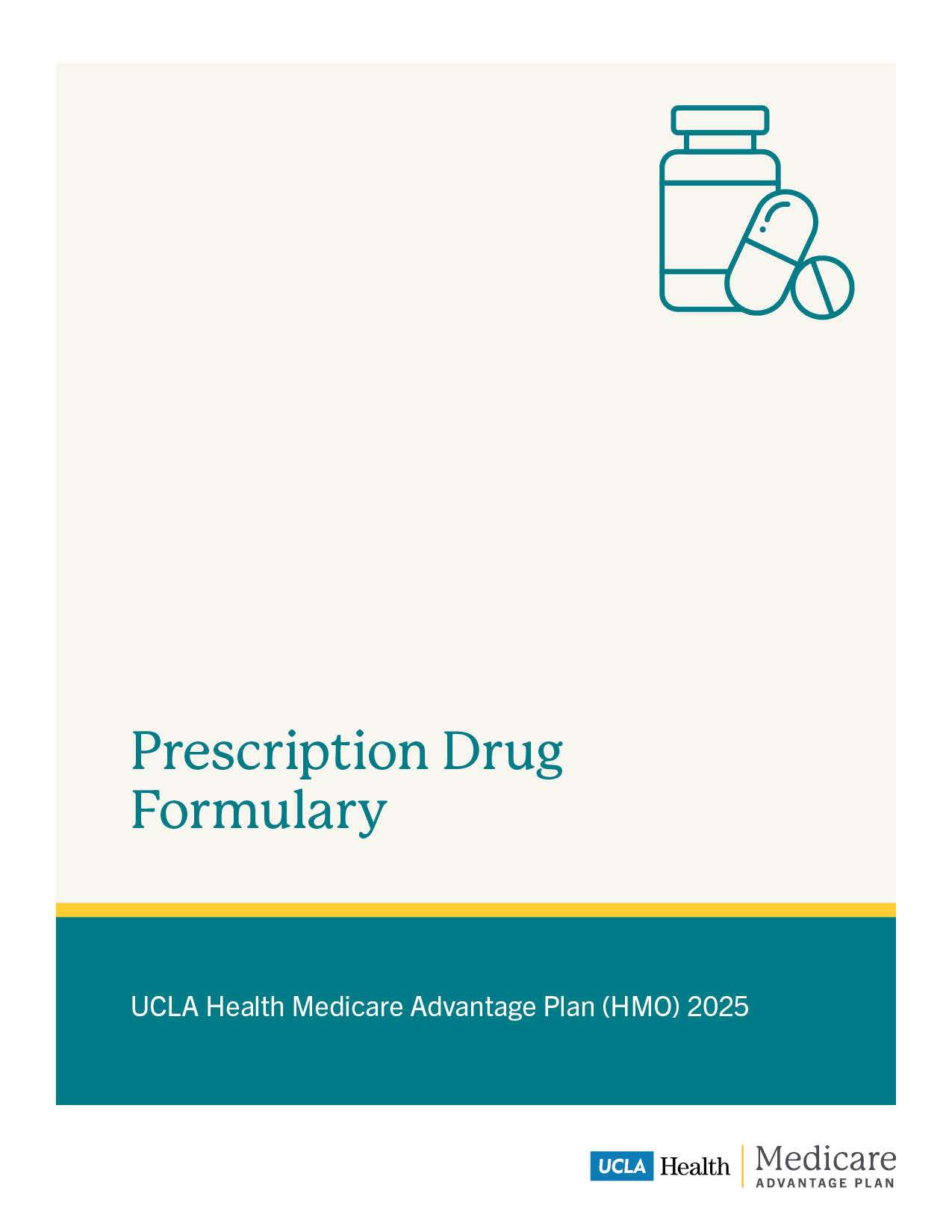
The Centers for Medicare and Medicaid Services (CMS) has released the draft CY 2026 Part D Redesign Program Instructions, outlining significant changes to the Medicare Part D program. These instructions aim to enhance the program's efficiency, reduce costs, and improve beneficiary experiences. In this article, we will summarize the key aspects of the draft instructions and explore their potential impact on the Medicare landscape.
Background and Objectives
The Medicare Part D program, introduced in 2006, provides prescription drug coverage to Medicare beneficiaries. Over the years, the program has undergone several changes to improve its functionality and affordability. The draft CY 2026 Part D Redesign Program Instructions are designed to further refine the program, focusing on beneficiary-centric care, enhanced plan flexibility, and reduced administrative burdens.
Key Provisions of the Draft Instructions
1.
Simplified Plan Options: The draft instructions propose to reduce the number of plan options available to beneficiaries, making it easier for them to navigate and choose the most suitable plan.
2.
Enhanced Plan Flexibility: CMS aims to provide Part D sponsors with more flexibility in designing their plans, allowing for innovative benefit structures and cost-sharing arrangements.
3.
Improved Beneficiary Protections: The instructions include provisions to strengthen beneficiary protections, such as enhanced appeals processes and increased transparency in plan materials.
4.
Reduced Administrative Burdens: CMS seeks to minimize administrative tasks for Part D sponsors, enabling them to focus on providing high-quality services to beneficiaries.
Potential Impact on Medicare Beneficiaries
The draft CY 2026 Part D Redesign Program Instructions have the potential to positively impact Medicare beneficiaries in several ways:
Simplified Plan Selection: With fewer plan options, beneficiaries will face less complexity when choosing a plan, reducing the likelihood of confusion and frustration.
Increased Plan Flexibility: Enhanced plan flexibility may lead to more innovative and beneficiary-centric plan designs, better addressing the diverse needs of Medicare beneficiaries.
Improved Access to Care: Strengthened beneficiary protections and reduced administrative burdens may result in improved access to necessary medications and healthcare services.
The draft CY 2026 Part D Redesign Program Instructions mark a significant step towards improving the Medicare Part D program. By simplifying plan options, enhancing plan flexibility, and strengthening beneficiary protections, CMS aims to create a more efficient, beneficiary-centric program. As the Medicare landscape continues to evolve, it is essential for stakeholders to stay informed about these developments and their potential impact on the program. We will continue to monitor the situation and provide updates as more information becomes available.
For more information on the draft CY 2026 Part D Redesign Program Instructions, please visit the CMS website. If you have any questions or concerns about the Medicare Part D program, feel free to contact us.
Keyword Tags: Medicare Part D, CY 2026, Redesign Program Instructions, CMS, beneficiary-centric care, plan flexibility, administrative burdens, Medicare beneficiaries, prescription drug coverage.









